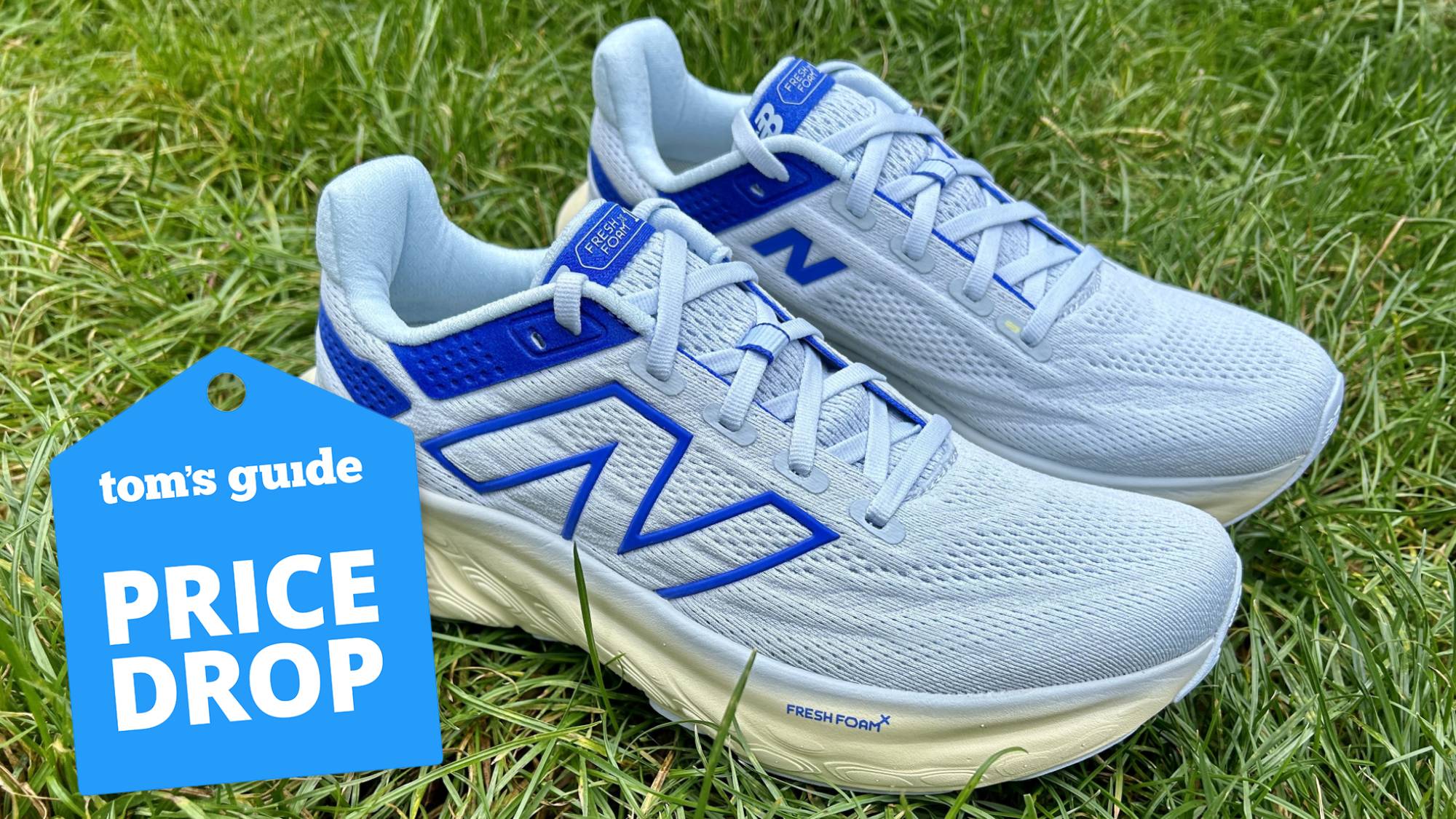What is a trap bar and how do I use one?

A trap bar, sometimes known as a hex bar, is a piece of weight-lifting equipment that allows the user to safely execute deadlift and shrug exercises. As the name implies, it is a weightlifting bar, but it features a unique open shape that allows the lifter to stand within it, thereby centering the weighted load of the bar and weights.
Most often, the trap bar features a six-sided opening in which the user stands. Raised handles on the left and right side of the bar are positioned to allow the lifter to grip the entire apparatus comfortably and naturally. Weights are then stacked on sleeves on either end, in much the same way they would be on any other weightlifting bar.
The trap bar itself can weigh between 40 and 50 pounds without any additional weight added to its sleeves.
The trap bar was developed to allow lifters to lift large amounts of weights without exacerbating the risk of injury, particularly to the lower back.
What are the benefits of a trap bar?

A trap bar allows the user to strengthen many muscles while reducing the risk of injury. By centering the load of the weights in line with the lifter’s body, the trap bar gives the lifter the ability to lift heavier weights with more stability and less strain.
The trap bar strengthens the trapezius muscle, which is a large, trapezoidal muscle in the upper back that helps move your head, neck, shoulders, arms, and the entire torso.
Using the trap bar for deadlift exercises also works the glutes, hamstrings, core, and back. You can do a deadlift with a straight barbell, but the weight of the barbell sits in front of the lifter rather than around. That means the lifter will need to engage the lower back with more force to initiate the deadlift. A trap bar centers the load more effectively, so it is easier on your spine. It encourages better form and reduces the likelihood of injury.
Get instant access to breaking news, the hottest reviews, great deals and helpful tips.
Since the weight on the trap bar is situated around the user rather than in front, it encourages the lifter to move his or her knees more than the spine. This prevents the spine from encountering too much strain.
How do I use a trap bar?
Using a trap bar properly is easy once you understand a few key principles of lifting weights safely. If you have never lifted weights before, it’s best to consult a trainer or coach first to learn proper form and safety rules.
Whenever possible, use a trap bar with a spotter — a person who can stand close by to aid you should you lose control of the weight. While it’s more difficult to work with a spotter due to the size and structure of a trap bar, it’s still good practice to have a spotter nearby in case of emergencies.
The most common exercise done with the trap bar is the trap bar deadlift.
How to do a trap bar deadlift

To perform the deadlift, you must first load the trap bar with an appropriate amount of weight. If you are unsure how much weight you can lift, start low and work your way up. You may even want to start with the trap bar completely unweighted to get a feel for its structure, balance point, and weight.
- Once you are comfortable with the amount of weight chosen, stand within the opening of the trap bar. Bend at your knees while keeping your back straight, and grip the upright handles on either side of the bar. Keep your knees centered over your ankles to provide the most stable position for your body.
- To lift the trap bar, engage your trapezius muscle and keep it tight throughout the motion. Be sure to keep your knees centered over your ankles as you lift, and hinge at your hips while you raise the bar. You should find yourself in a sitting position, with your hips low and your chest pushed up.
- Maintain a straight back while lifting. Once you reach an upright body position with your arms at your sides, the bar should be hanging around the mid-thigh area. Engage your glute muscles to support this position. Then, slowly lower the trap bar again, maintaining a straight, tight back all the way down. Bend your knees as you lower the bar until all the weight rests on the ground.
How to do a trap bar shrug
You can also use a trap bar to do shrug exercises.
- To perform a shrug, repeat the motion explained above so that the trap bar is resting at about mid-thigh when you’re in the standing position.
- Once you’re in that position, let the bar hang while you use your trapezius muscles to lift the weight upward. If you’re doing it correctly, it will look as though you’re shrugging your shoulders. Then lower the weight back down to waist height in a controlled manner and repeat as necessary.
How much does a trap bar cost?
Trap bars range in price from $75 for a simple setup to over $300 for more elaborate bars. Some higher-price bars feature feet that allow you to load weight on a stable platform, then tip the bar onto the ground once loaded.
On top of the price of the bar itself, you’ll also need barbell weights. These vary drastically in price and can quickly add hundreds or even thousands of dollars to the trap bar setup. Keep in mind that a trap bar is also quite large, so you’ll need plenty of space for storage and use.
If you’re unsure if you’ll benefit from owning a trap bar, it’s best to go to a gym first to try it out. Not only will you reduce your overall cost, you’ll also be able to try other weight systems available at the gym facility. Many gyms also offer coaching from professionals, which is advantageous for newcomers who need guidance on proper form.
If you are looking to upgrade your home gym equipment, check out the best adjustable dumbbells and the best kettlebells here.
More from Tom's Guide
- Forget press ups — 5 best bodyweight exercises to sculpt your biceps
- I did a single-leg wall sit every day for a week — here's what happened to my legs
- Forget sit-ups — this 3-move ab workout chisels concrete core muscles in 15 minutes

Dan Cavallari is the former technical editor for VeloNews Magazine, who currently reviews electric bikes, bike lights, and other bike accessories for Tom's Guide. In addition to VeloNews, his work has appeared in Triathlete Magazine, Rouleur Magazine, CyclingTips.com, Road Bike Action, Mountain Bike Action, CycleVolta.com, Tomsguide.com, and much more. Dan also hosts two podcasts on his site, Slow Guy on the Fast Ride: One is about cycling and other outdoor activities, while the other looks at mental health issues. Most recently, Dan also covered the 2022 Tour de France. Dan lives outside of Denver, Colorado with his family.
